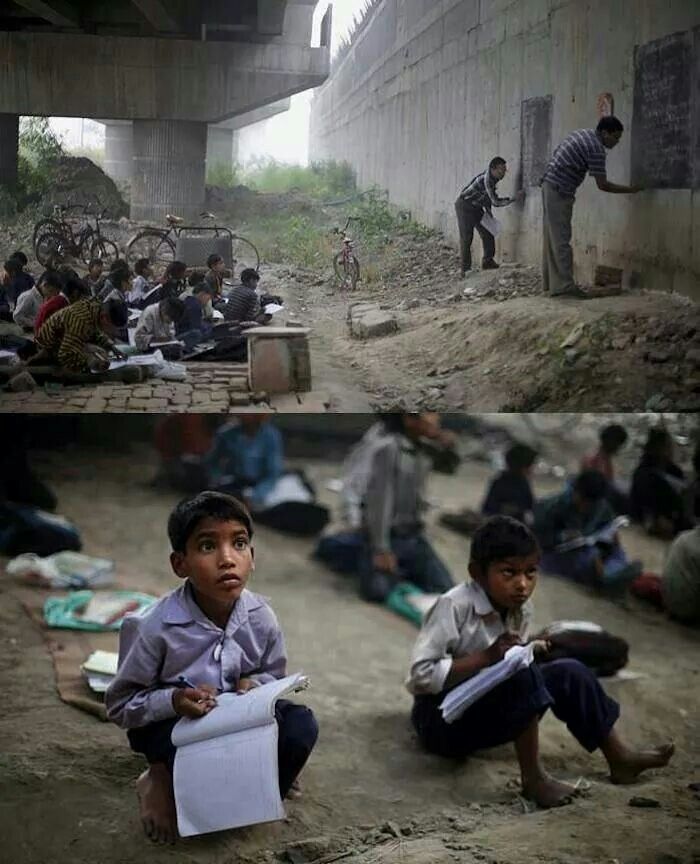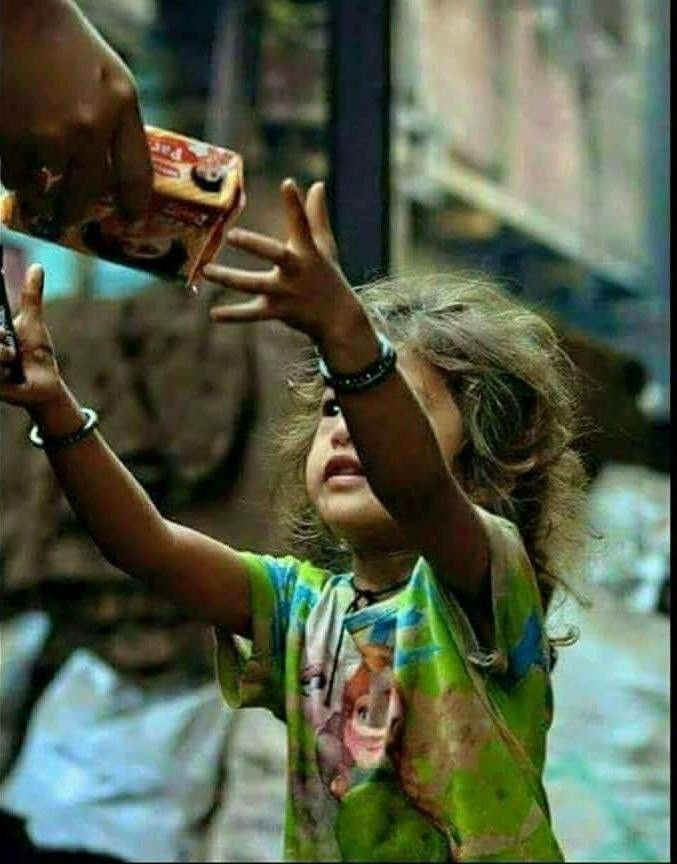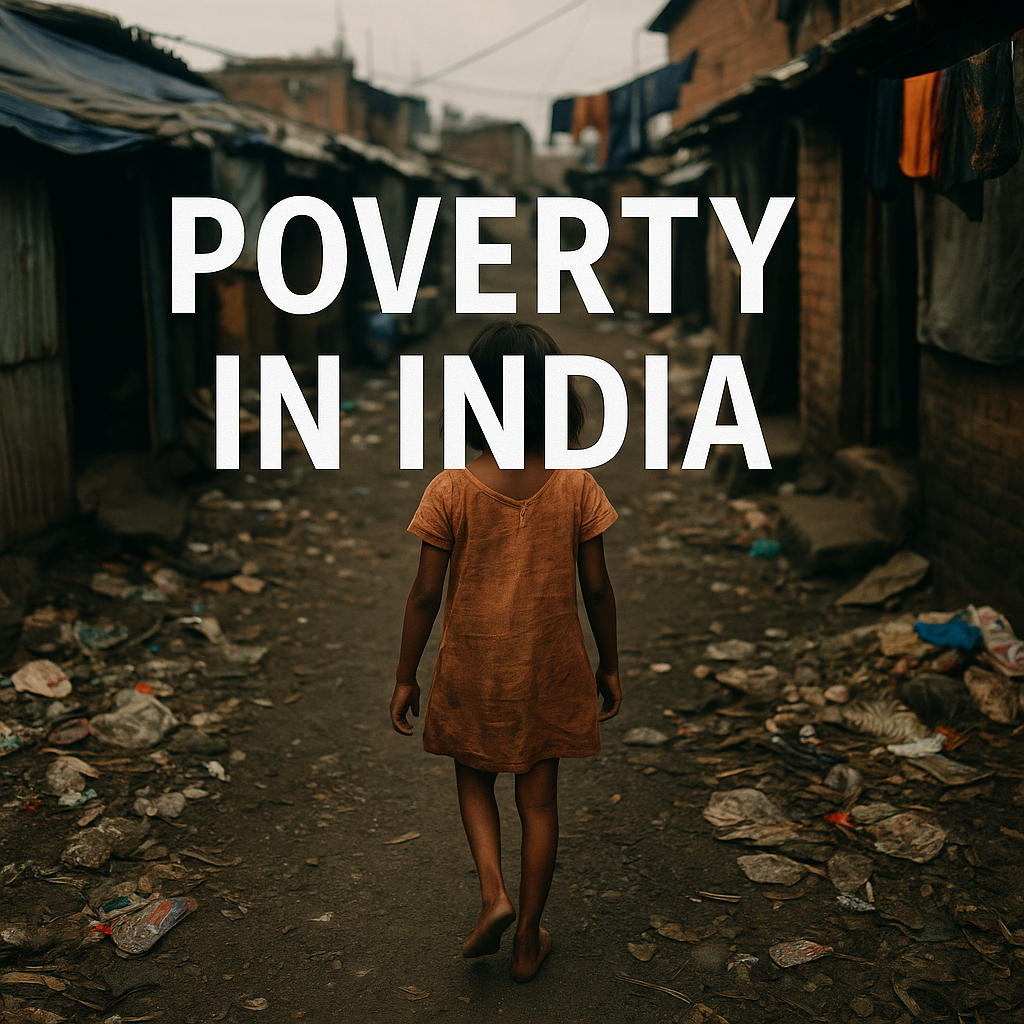What does poverty in India really mean today? For some, it’s a number on a chart. For others, it’s waking up every day wondering where the next meal will come from. In 2025, as India strides toward becoming a global economic powerhouse, millions remain shackled by the silent crisis of poverty—unseen, unheard, and largely misunderstood.
Economic Growth, but Not for Everyone

India’s GDP is soaring, tech unicorns are thriving, and the stock markets are touching record highs. But economic growth hasn’t translated into inclusive development. The urban elite talk about billion-dollar IPOs, while the marginalized fight for basic dignity.
According to recent government data, multidimensional poverty has declined significantly. But poverty in India isn’t just about income—it’s about access. Access to education, healthcare, housing, clean water, and above all, opportunity.
Urban Glamour vs. Rural Struggle: Poverty in India
The stark contrast between India’s glittering cities and its underdeveloped villages highlights a deeper divide. In urban slums, families cram into single-room shanties, with open drains and erratic electricity. In remote rural areas, villagers walk miles for potable water, and children attend schools without teachers or toilets.
“Poverty in India is not always visible. It hides behind the concrete of metro stations and the promises of development,” says Dr. Meera Joshi, a social researcher at the Centre for Indian Development Studies.
The Working Poor: Employed Yet Impoverished
A new layer of poverty is emerging the working poor. Millions work full-time in informal jobs with no contracts, no safety nets, and meager daily wages. Think of gig workers, sanitation staff, rickshaw pullers, street vendors—all keeping the urban engine running, yet unable to escape poverty.
Many of them live paycheck to paycheck, one medical emergency away from falling into destitution.
Food Insecurity and Malnutrition: The Silent Killer

Despite surplus food stocks, poverty in India is inextricably linked to malnutrition. Millions survive on one or two sparse meals a day. Children are stunted, women are anemic, and hunger quietly erodes futures.
According to the Global Hunger Index, India continues to rank among the countries with ‘serious’ levels of hunger. This isn’t just a statistic—it’s a national emergency.
Generational Poverty and Education Gaps

The cycle of poverty is deeply rooted. In many families, children are forced to work instead of going to school. Girls, especially in rural areas, are married off young to reduce the financial burden.
Government schools often lack teachers, books, or even basic infrastructure. Without education, children are denied the single most powerful tool to break free from poverty.
Government Efforts and Real Impact: Poverty in India
To its credit, the Indian government has rolled out several ambitious schemes:
- PM-KISAN for farmers
- Ayushman Bharat for healthcare
- Jal Jeevan Mission for clean drinking water
- PM Awas Yojana for housing
These programs have changed lives. Yet, implementation gaps, corruption, and lack of awareness limit their true impact. Many deserving citizens remain excluded due to documentation issues or digital illiteracy.
Dignity: The Forgotten Right
More than hunger, more than homelessness, it is the loss of dignity that truly defines poverty in India. The poor are often treated as invisible unworthy of empathy, stripped of agency, and denied basic respect.
“Policies will come and go. What the poor in India truly need is not charity, but respect, voice, and empowerment,” says Ramesh Malhotra, founder of the NGO Jan Jeevan.
Time to Rethink the Metrics
As India dreams of becoming a $5 trillion economy, it’s time to ask tougher questions:
- Who gets left behind?
- Are we measuring progress only in numbers, or in lives uplifted?
What does poverty in India really mean? It means more than financial hardship. It means a lack of choices, of chances, and often, of hope. Until we address this meaning in full, our progress remains incomplete.







